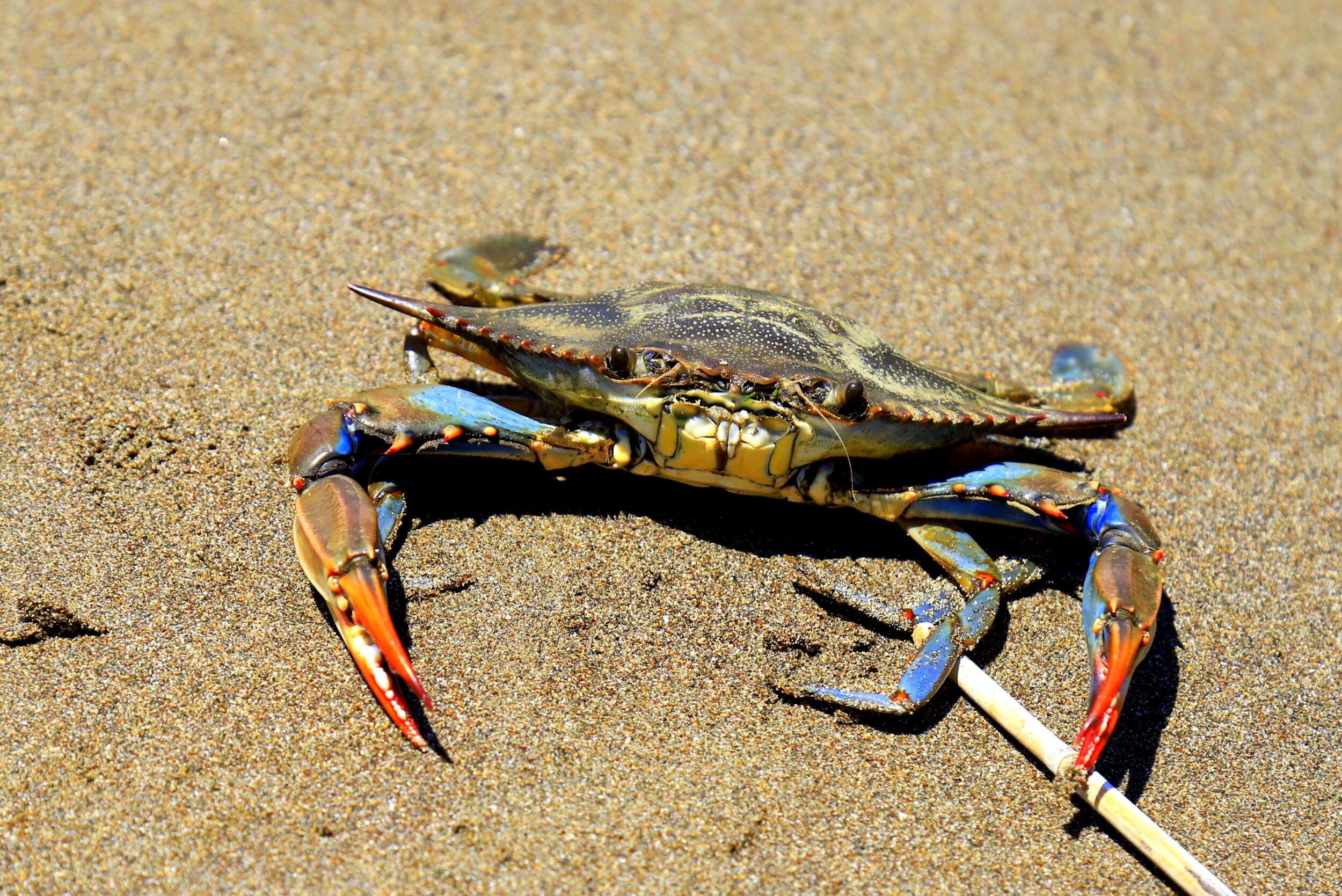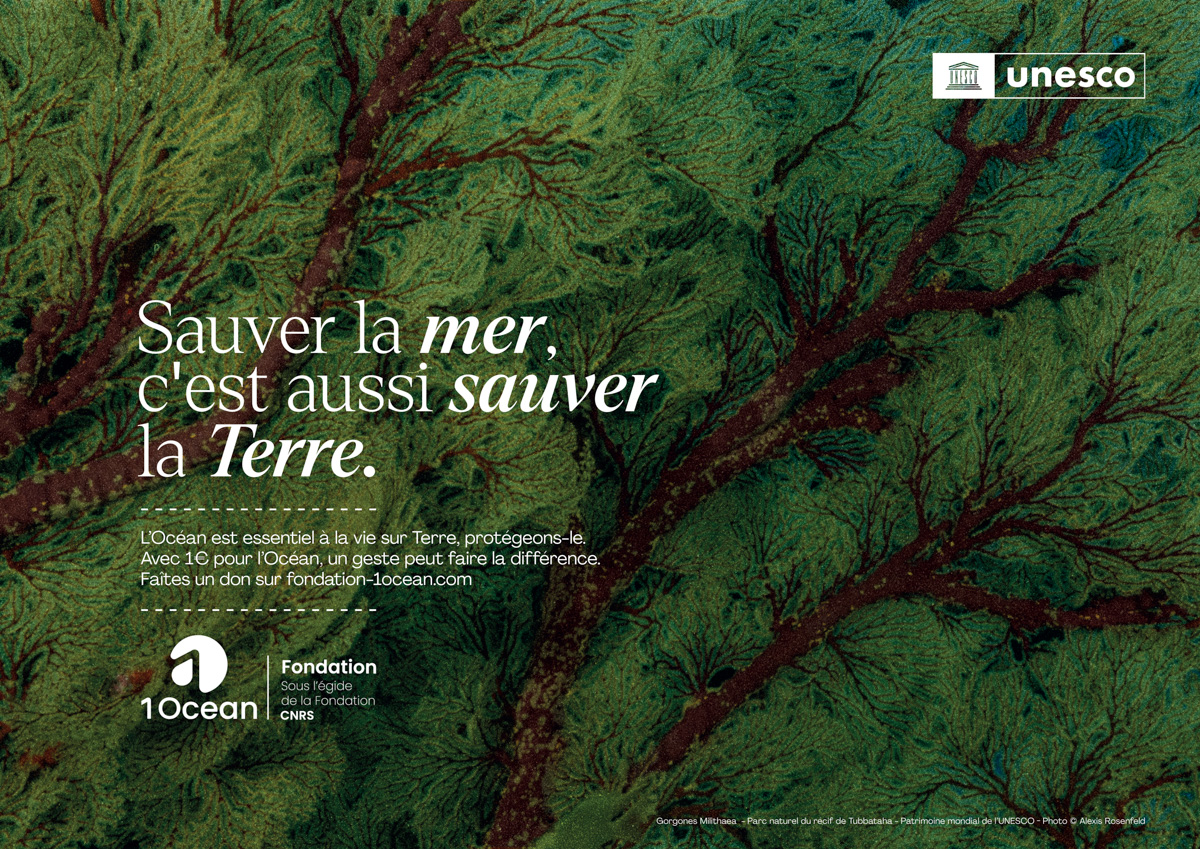Originally from North America, this blue-clawed crab has gradually settled in the Mediterranean. In recent months, its proliferation has accelerated in France, Spain and especially Italy. It has become the bane of fishermen trying to combat this voracious invader.

Callinectes Sapidus, its scientific name, lives in both salt and fresh water, and boasts a pair of fearsome claws whose color has given it its common name. The blue crab attacks almost anything: crustaceans, mollusks and shellfish of all kinds, juvenile fish, various types of waste and even fishing nets. With no predators to halt its growth, it destroys everything in its path, becoming a real threat to local ecosystems.
Consumption of the fine, delicate flesh of the blue crab could be a first step towards regulating its population. In Italy, it is now offered at the table, but also for export, notably to the United States, where it is highly prized. Nearly 320 tons of this crab were caught in the Veneto region in one year.
The sale of blue crabs could enable affected fishermen to partially offset their financial losses. In fact, the Italian government has allocated nearly three million euros in aid to shellfish farmers and fishermen.



